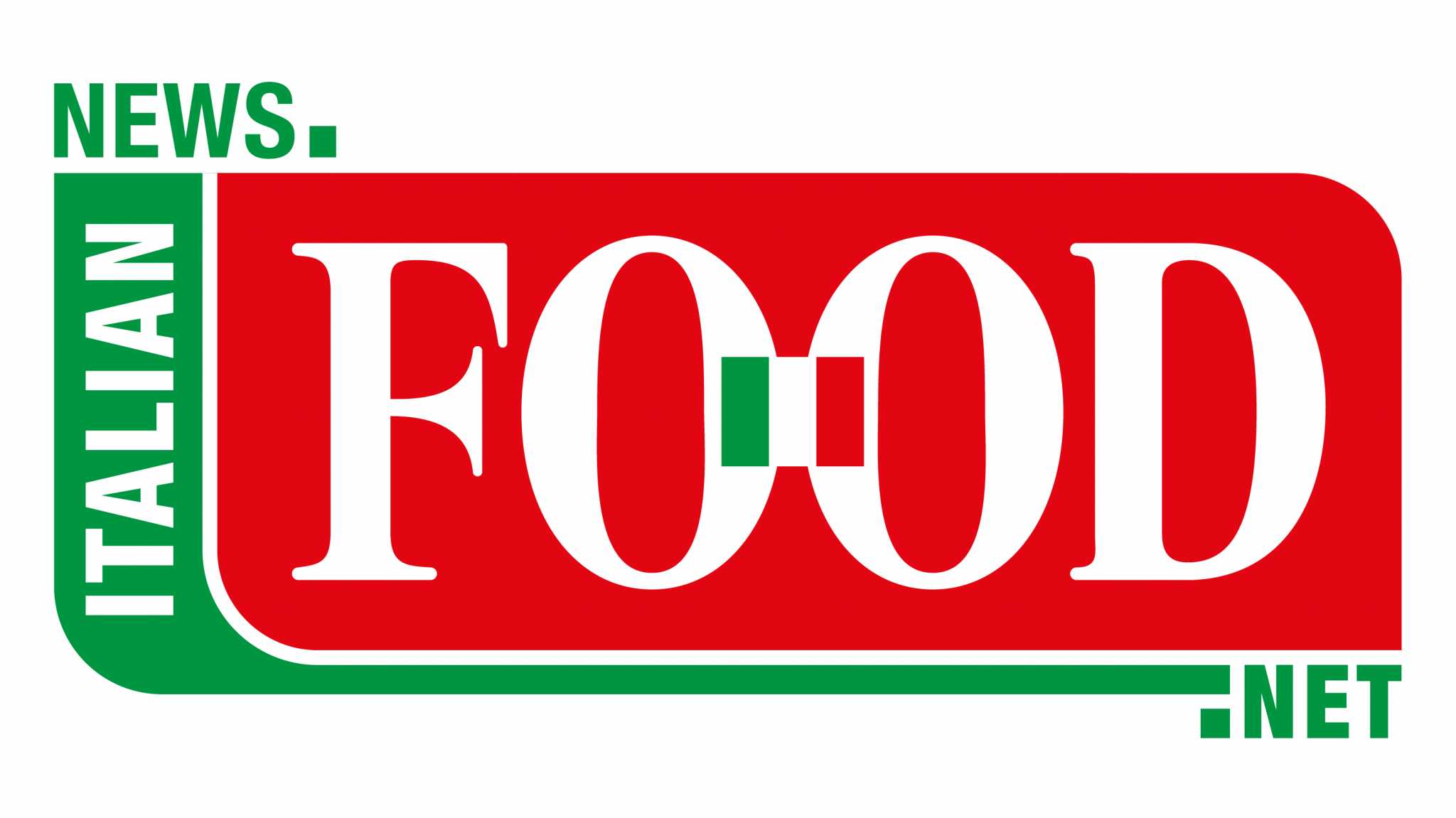
In the glamorous heart of Los Angeles, Chef Fabrizio Landi has carved out a space where the rich traditions of Italian cuisine come alive. At just 35, Landi has journeyed across continents to establish Grano, a restaurant that quickly became a local favorite since its opening in 2019. We sat down with Chef Landi to learn more about his inspiring journey and the passion behind his culinary creations.

Tell us about your ‘American dream’: how did you end up in California?
“I was born and raised in Naples, but when I was 19 I moved to Australia where I started working in an Italian restaurant on the Gold Coast. However, I felt that wasn’t enough. I wanted to learn more and experiment in the kitchen. So, I returned to Italy and attended the 17th Advanced Course in Italian Cuisine at Alma, studying under chefs like Gualtiero Marchesi, Luciano Tona, and Marco Soldati. After this experience, I did an internship in Bologna with Chef Marco Fadiga. Once my training ended, I spent some years on cruise ships in the Caribbean, cooking for over 3,000 people daily, where I learned that the most important thing when cooking for thousands is to ensure that every dish tastes the same and looks identical in composition. Later, I worked in Dubai for five years and learned various world cuisines, including Indian and Persian. Through Dubai, I frequently visited the US and eventually felt that California was where I wanted to live. I moved here, worked as an executive chef in Los Angeles for a year, and then decided to take the plunge and open my restaurant, Grano, in 2019.”
What motivated you to embark on this venture?
“I would say it is a step many brave chefs want to take sooner or later: to be not only a chef but also an entrepreneur. Given my experience and knowledge over the years, I thought, why not do it for myself, with my clients and my proposals? This way I could have the freedom to cook what I wanted, using different raw materials, creating seasonal menus, and doing things as passionately as we do in Italy.”
Tell us about your restaurant.
“I found a 72-seat venue in a residential area called Duarte. I chose the name Grano because it represents Italian products abroad – gluten, bread, pasta, and pizza. Although Italians are much more than these products, in the USA it seems to me we are often categorized this way. Success came quickly, and we broke even after seven months. During Covid we adopted delivery services, offering gourmet home menus, which was fundamental for our business. While we no longer keep the full tasting menu for delivery, the to-go option remains a crucial part of our revenue reflecting the strong culture of takeout in places like San Francisco and Los Angeles.”
Who are your typical customers?
“I am one of the pricier options. We are open only for dinner, but we spend all day preparing fresh pasta, different types of bread, pizza dough, and desserts. This requires more hours of preparation. We are in the mid-to-high price range, and many people dine with us 40 times a year, about 2-3 times a month, with many new customers as well. The distances here are vast, so we have become a destination restaurant with people traveling a couple of hours to dine with us. We work mostly by reservation, as walk-ins rarely find a spot without one.”
How have you adapted your food offerings?
“Our menu covers 15 regions, with dishes like ossobuco, vitello tonnato, lasagna, tagliatelle, ravioli, some Roman and Sicilian dishes, and a few Sardinian ones. We stick to traditional recipes, like the ragù made according to the true recipe registered with the Bologna Chamber of Commerce. While we offer some local variations, 90% of our menu remains authentically regional Italian. The clientele here on the West Coast appreciates this tradition, often having traveled to Europe themselves. This suggests a clientele with a more refined palate and higher social status, often with cultural and culinary experiences in Italy. We also offer gourmet tasting menus, allowing us to showcase more creative dishes.”
What are the main differences you find between running a restaurant in the USA and in Italy?
“In terms of skills, Americans are a bit behind in cooking but far ahead in service compared to Italy. The most important thing I found in the USA, which is lacking in Italy, is the distinction between organic and non-organic products. In Naples, I struggled to find butchers who understood the difference between grass-fed and grass-finished meat. There is much greater awareness and adoption of these lifestyles in the USA. Therefore, I have made a choice for my restaurant: our meat is distinguished between grass-fed and grass-finished, and our chicken is cage-free. I have a high price point but can justify it by using quality raw materials. We import some products from Italy, such as Parmigiano Reggiano PDO, balsamic vinegar, olive oil, San Marzano tomatoes, and Taggiasca olives.”
What does the future hold for you?
“Italy is wonderful, and while I miss some of its culture and lifestyle I don’t plan to return to work in a restaurant. I have settled here and adapted to the Californian lifestyle. Our restaurant is already expanding, and the future holds great promises.”
